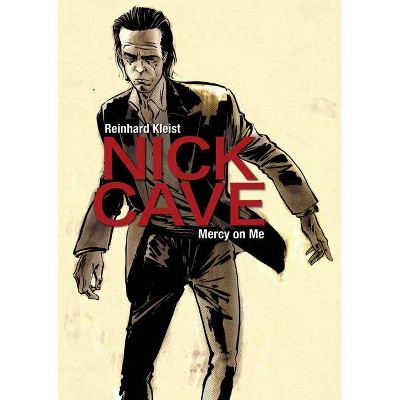Euclidean Shortest Paths - by Fajie Li & Reinhard Klette (Paperback)

Similar Products
Products of same category from the store
AllProduct info
<p/><br></br><p><b> About the Book </b></p></br></br>This book reviews algorithms for the exact or approximate solution of shortest-path problems, with a specific focus on a class of algorithms called rubberband algorithms. The coverage includes mathematical proofs for many of the given statements.<p/><br></br><p><b> Book Synopsis </b></p></br></br>This unique text/reference reviews algorithms for the exact or approximate solution of shortest-path problems, with a specific focus on a class of algorithms called rubberband algorithms. Discussing each concept and algorithm in depth, the book includes mathematical proofs for many of the given statements. Topics and features: provides theoretical and programming exercises at the end of each chapter; presents a thorough introduction to shortest paths in Euclidean geometry, and the class of algorithms called rubberband algorithms; discusses algorithms for calculating exact or approximate ESPs in the plane; examines the shortest paths on 3D surfaces, in simple polyhedrons and in cube-curves; describes the application of rubberband algorithms for solving art gallery problems, including the safari, zookeeper, watchman, and touring polygons route problems; includes lists of symbols and abbreviations, in addition to other appendices.<p/><br></br><p><b> From the Back Cover </b></p></br></br><p>The Euclidean shortest path (ESP) problem asks the question: what is the path of minimum length connecting two points in a 2- or 3-dimensional space? Variants of this industrially-significant computational geometry problem also require the path to pass through specified areas and avoid defined obstacles.</p><p>This unique text/reference reviews algorithms for the exact or approximate solution of shortest-path problems, with a specific focus on a class of algorithms called rubberband algorithms. Discussing each concept and algorithm in depth, the book includes mathematical proofs for many of the given statements. Suitable for a second- or third-year university algorithms course, the text enables readers to understand not only the algorithms and their pseudocodes, but also the correctness proofs, the analysis of time complexities, and other related topics.</p><p><b>Topics and features: </b></p><ul><li>Provides theoretical and programming exercises at the end of each chapter</li><li>Presents a thorough introduction to shortest paths in Euclidean geometry, and the class of algorithms called rubberband algorithms</li><li>Discusses algorithms for calculating exact or approximate ESPs in the plane</li><li>Examines the shortest paths on 3D surfaces, in simple polyhedrons and in cube-curves</li><li>Describes the application of rubberband algorithms for solving art gallery problems, including the safari, zookeeper, watchman, and touring polygons route problems</li><li>Includes lists of symbols and abbreviations, in addition to other appendices</li></ul><p>This hands-on guide will be of interest to undergraduate students in computer science, IT, mathematics, and engineering. Programmers, mathematicians, and engineers dealing with shortest-path problems in practical applications will also find the book a useful resource.</p><p><b>Dr. Fajie Li</b> is at Huaqiao University, Xiamen, Fujian, China. <b>Prof. Dr. Reinhard Klette</b> is at the Tamaki Innovation Campus of The University of Auckland.</p><p/><br></br><p><b> Review Quotes </b></p></br></br><br><p>From the book reviews: </p><p>"This book presents selected algorithms for the exact or approximate solution of several variants of the Euclidean shortest path problem (ESP). ... The book has been successful in addressing the Euclidean Shortest Path problems by presenting exact and approximate algorithms in the light of rubberband algorithms, and will be immensely useful to students and researchers in the area." (Arindam Biswas, IAPR Newsletter, Vol. 37 (1), January, 2015)</p><p>"Li (Huaqiao Univ., China) and Klette (Univ. of Auckland, New Zealand) have written an interesting and very reader-friendly book on algorithms that find a shortest path between two vertices of a graph. ... this is the first book-length treatment of the topic. The entire text is accessible to advanced undergraduates. ... Summing Up: Highly recommended. Upper-division undergraduates, graduate students, and researchers/faculty." (M. Bona, Choice, Vol. 49 (9), May, 2012)</p><br>
Price History
Price Archive shows prices from various stores, lets you see history and find the cheapest. There is no actual sale on the website. For all support, inquiry and suggestion messagescommunication@pricearchive.us




















